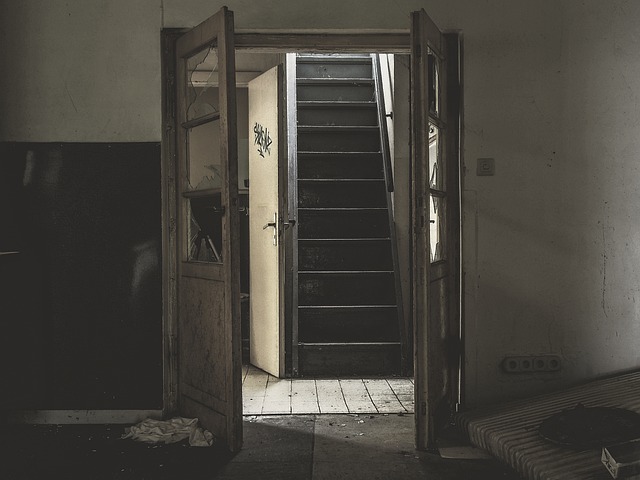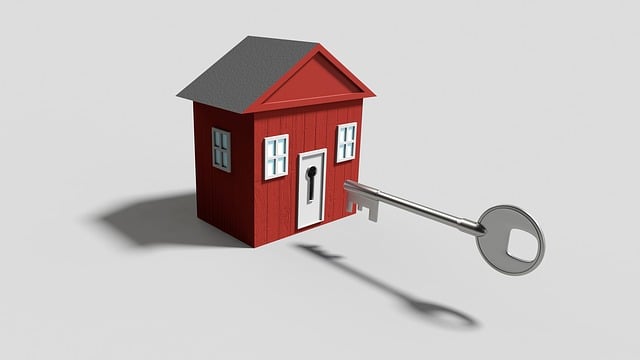Mold damage poses significant risks to both home value and mortgage approval. Severe or neglected mold issues can lead to substantial property losses, affecting appraisal values and loan conditions. Prompt inspection, remediation, and documentation of repairs are essential steps in preserving home value and ensuring a smoother mortgage process. Addressing mold-related concerns before applying demonstrates responsible homeownership, increases the chances of loan approval, and protects future investments. After approval, thorough inspections and professional remediation by licensed specialists safeguard the property, prevent health risks, and maintain or enhance home value.
“Mold damage, though often overlooked, can significantly impact both a home’s value and the mortgage approval process. This comprehensive guide delves into the hidden dangers of mold and its effects on property assessment. We’ll explore how mold concerns may affect loan eligibility, offering insights for borrowers navigating the mortgage market. Furthermore, learn practical steps to mitigate mold-related risks before applying and discover post-approval strategies to address these issues, ensuring your investment remains secure.”
- Understanding Mold Damage: Scope and Impact on Home Value
- The Mortgage Approval Process: An Overview for Borrowers
- How Mold Affects Your Property Assessment and Loan Eligibility
- Mitigating Mold-Related Concerns Before Applying for a Mortgage
- Post-Approval: Addressing Mold Issues to Protect Your Investment
Understanding Mold Damage: Scope and Impact on Home Value

Mold damage can significantly impact a property’s value, affecting its overall desirability for prospective homebuyers. When mold grows in a home, it doesn’t just pose health risks to occupants; it also creates an unsightly and often expensive repair challenge. The extent of mold damage can range from minor surface spots to extensive, hidden growth within walls and under flooring.
In terms of home value, severe or neglected mold issues can lead to substantial losses. Mortgage lenders and appraisers carefully consider these factors when assessing a property for mortgage approval. A home with visible mold or signs of water damage may face lower appraisal values and stricter loan conditions. Prompt inspection, remediation, and documentation of repairs are crucial steps in preserving home value and ensuring a smoother mortgage approval process.
The Mortgage Approval Process: An Overview for Borrowers

The mortgage approval process can seem daunting, but understanding the steps involved can help borrowers navigate it with confidence. It begins when you submit a loan application to a lender, who will then thoroughly evaluate your financial situation based on factors like credit history, income, and debt-to-income ratio. If your application is approved, the next stage involves an appraisal, where a professional determines the current market value of your home, ensuring it meets the loan amount requirements. This is where mold damage can become a concern; lenders often require homes to be free from significant issues that could impact the property’s value or safety.
A common issue that may arise is mold, which can affect both the structural integrity and overall home value. Lenders typically prefer properties in good condition, so any sign of extensive mold growth could lead to delays or even denial of your mortgage application. It’s crucial to disclose any known mold problems during the application process. The lender might require an inspection to assess the extent of the damage and determine if remediation is necessary before approving the loan. Addressing mold proactively demonstrates responsible homeownership, ensuring a smoother path to securing your mortgage and future financial stability.
How Mold Affects Your Property Assessment and Loan Eligibility

Mold damage can significantly impact a property’s assessment and, consequently, its mortgage eligibility. When assessing a home, lenders and appraisers carefully consider any signs of mold or water damage as they can indicate potential structural issues or reduced home value. Mold growth, especially in hidden areas like walls, attics, or basements, may go unnoticed by laypeople but can be red flags for financial institutions. These institutions often require detailed inspections to ensure the property meets their lending criteria, which includes assessing the extent of mold and the cost of necessary repairs.
Home value is directly tied to a property’s marketability, and severe mold issues can decrease this value significantly. Lenders are cautious when dealing with homes affected by mold because it could lead to costly renovations or even render the property unsellable if left untreated. As such, mortgage applicants should be transparent about any history of water damage or mold and be prepared to provide documentation of remediation efforts to ensure a smooth loan approval process.
Mitigating Mold-Related Concerns Before Applying for a Mortgage

Before applying for a mortgage, it’s crucial to address any mold-related concerns to mitigate potential issues that could affect your loan approval and home value. Mold damage is a significant red flag for lenders as it indicates poor property maintenance and can lead to health risks. To prevent this, conduct a thorough inspection of your property to identify any signs of water intrusion or mold growth. Addressing these issues promptly through professional remediation will not only increase your chances of mortgage approval but also ensure the long-term preservation of your home’s value.
Taking proactive steps to mitigate mold concerns demonstrates to lenders that you are committed to maintaining the property and minimizing future risks. This can be particularly important in areas prone to moisture issues, such as basements or bathrooms. By documenting any repairs and remediation efforts, you provide evidence of responsible property management, further enhancing your mortgage application.
Post-Approval: Addressing Mold Issues to Protect Your Investment

After securing mortgage approval, addressing any existing mold issues is essential to protect your investment and maintain the home’s value. Mold damage can significantly impact a property’s marketability and resale value, so proactive measures are key. The first step is to conduct a thorough inspection, identifying the extent of the mold problem and any associated structural damage.
Once the scope of work is established, repairs should be carried out by licensed professionals who specialize in mold remediation. This process involves removing contaminated materials, disinfecting affected areas, and ensuring proper ventilation to prevent future mold growth. By addressing these issues before or during the initial stages of home ownership, you safeguard your investment, create a healthier living environment, and potentially avoid costly repairs down the line.














